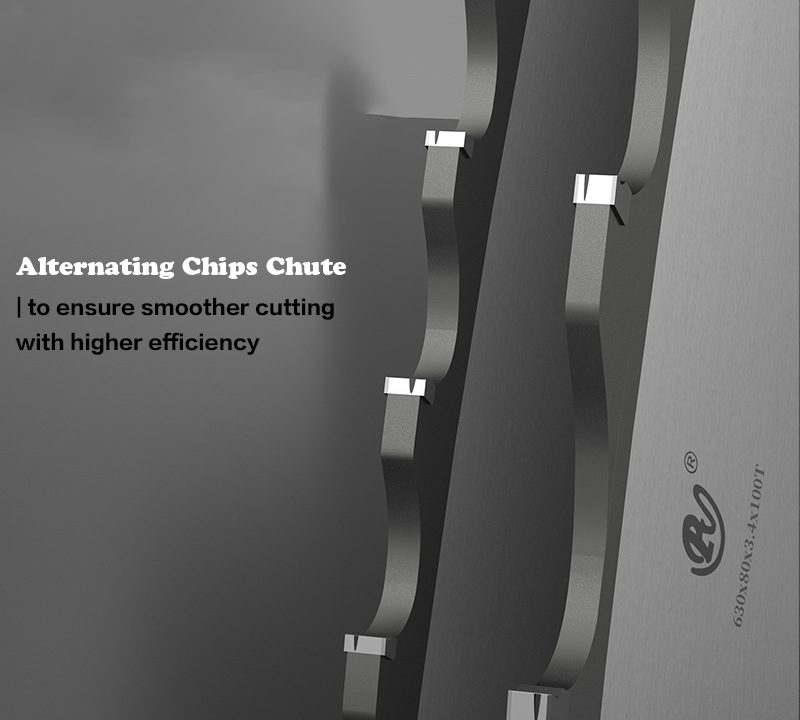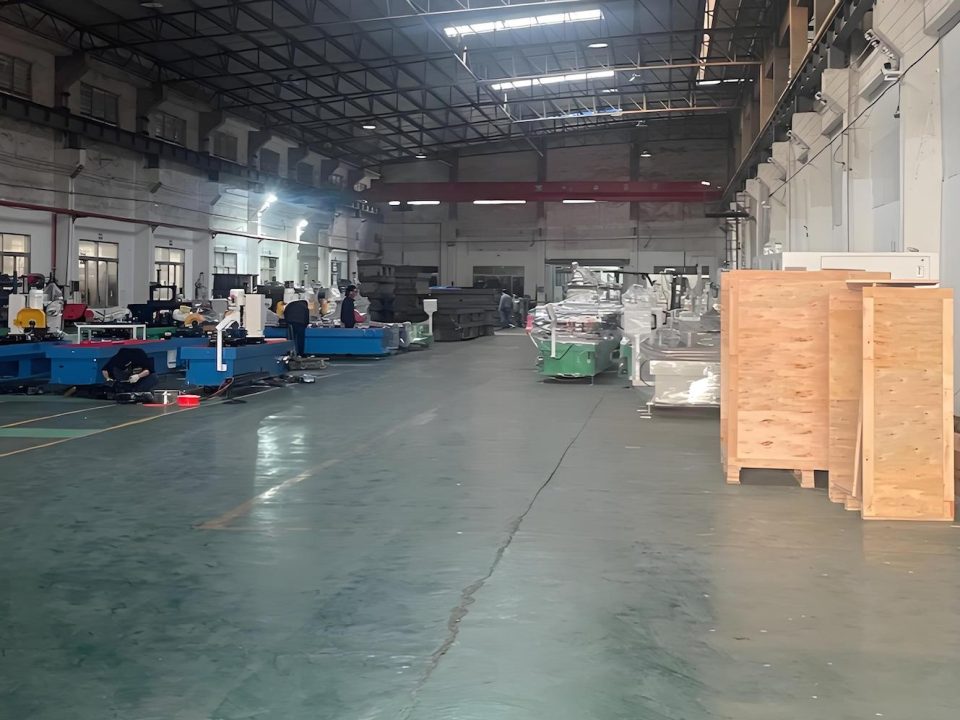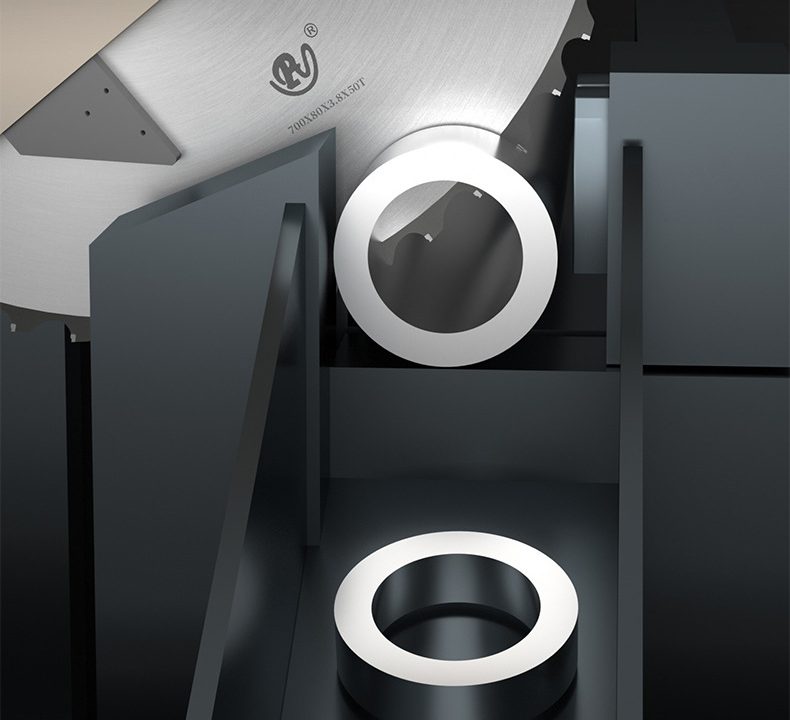Installing the industrial chiller machines is not an easy job, many steps need to worked with professional workers.Installing and using an industrial chiller system effectively involves several steps to ensure the equipment operates safely and efficiently. Here’s a detailed guide in English:
Installation Steps
- Read the Manual:
- Thoroughly read the manufacturer’s manual to understand the technical specifications, installation requirements, and maintenance guidelines.
- Site Preparation:
- Location Selection: Choose a well-ventilated area that allows easy access for maintenance. Ensure the ground is level and strong enough to support the weight of the chiller.
- Space Requirements: Leave sufficient space around the chiller for installation and future maintenance.
- Electrical Connections:
- Power Verification: Check the power requirements of the chiller and ensure that the installation site has the correct power supply.
- Grounding: Properly ground the chiller to prevent electrical shocks.
- Water Connections:
- Supply Connection: Connect the inlet and outlet water pipes according to the chiller’s requirements. Use appropriate pipe sizes and materials to prevent leaks.
- Valve Installation: Install necessary valves for maintenance and inspection purposes.
- Cooling Tower Connection (If Applicable):
- If the system uses a cooling tower, ensure that the pipes between the tower and the chiller are correctly connected and that the cooling tower functions properly.
- Pre-Startup Checks:
- Verify all connections are secure and leak-free.
- Confirm that electrical connections are correct.
- Check refrigerant levels to ensure they are adequate.
Operating Guidelines
- Initial Startup:
- Start the chiller according to the manufacturer’s instructions.
- Monitor for any unusual sounds or vibrations.
- Check temperature and pressure readings to ensure they are within expected ranges.
- Parameter Settings:
- Set the operating parameters such as setpoint temperature and pressure.
- Adjust the chiller’s operating mode based on application requirements.
- Regular Maintenance:
- Filter Cleaning: Regularly clean or replace filters to ensure proper water flow.
- Refrigerant Levels: Periodically check and refill the refrigerant as needed.
- Lubrication: Perform necessary lubrication as per the manufacturer’s recommendations.
- Electrical Inspections: Regularly check electrical connections for looseness or corrosion.
- Monitoring and Record Keeping:
- Regularly log operational data such as temperature, pressure, and energy consumption.
- Monitor performance to identify potential issues early.
- Operator Training:
- Train operators on the proper procedures for operating the chiller and adhering to safety protocols.
- Provide emergency shutdown procedures and safety guidelines.
 Safety Considerations
Safety Considerations
- Personal Protective Equipment (PPE): Wear appropriate PPE when operating the chiller, such as safety shoes, gloves, and goggles.
- Follow Safety Procedures: Strictly adhere to all safety operating procedures, especially when handling refrigerants.
- Emergency Preparedness: Develop emergency response plans to address failures promptly.
Summary
Proper installation and use of an industrial chiller system can enhance operational efficiency, extend the life of the equipment, and reduce maintenance costs. Always follow the manufacturer’s instructions and seek professional assistance when needed. Regular maintenance and monitoring will help ensure the chiller operates at its best.

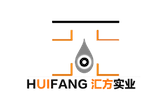
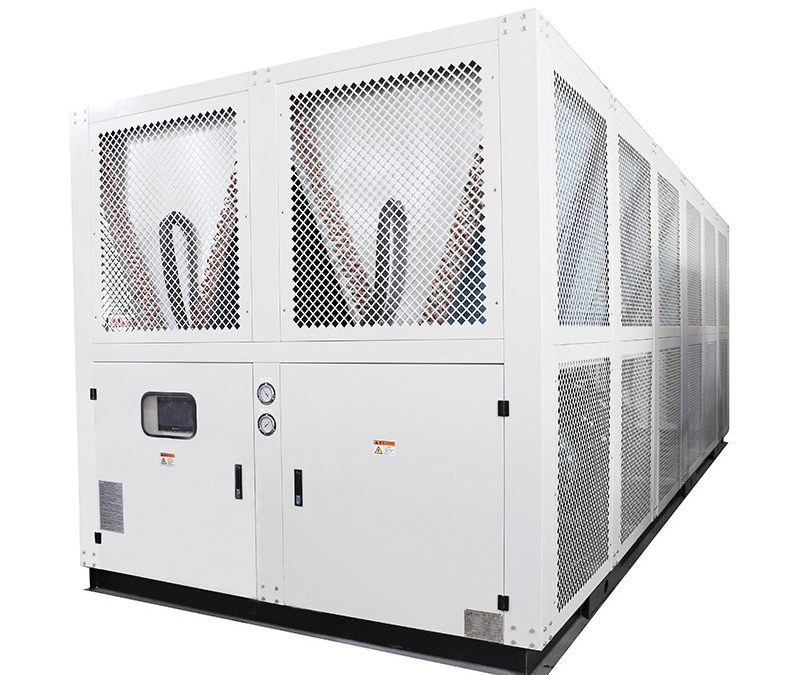
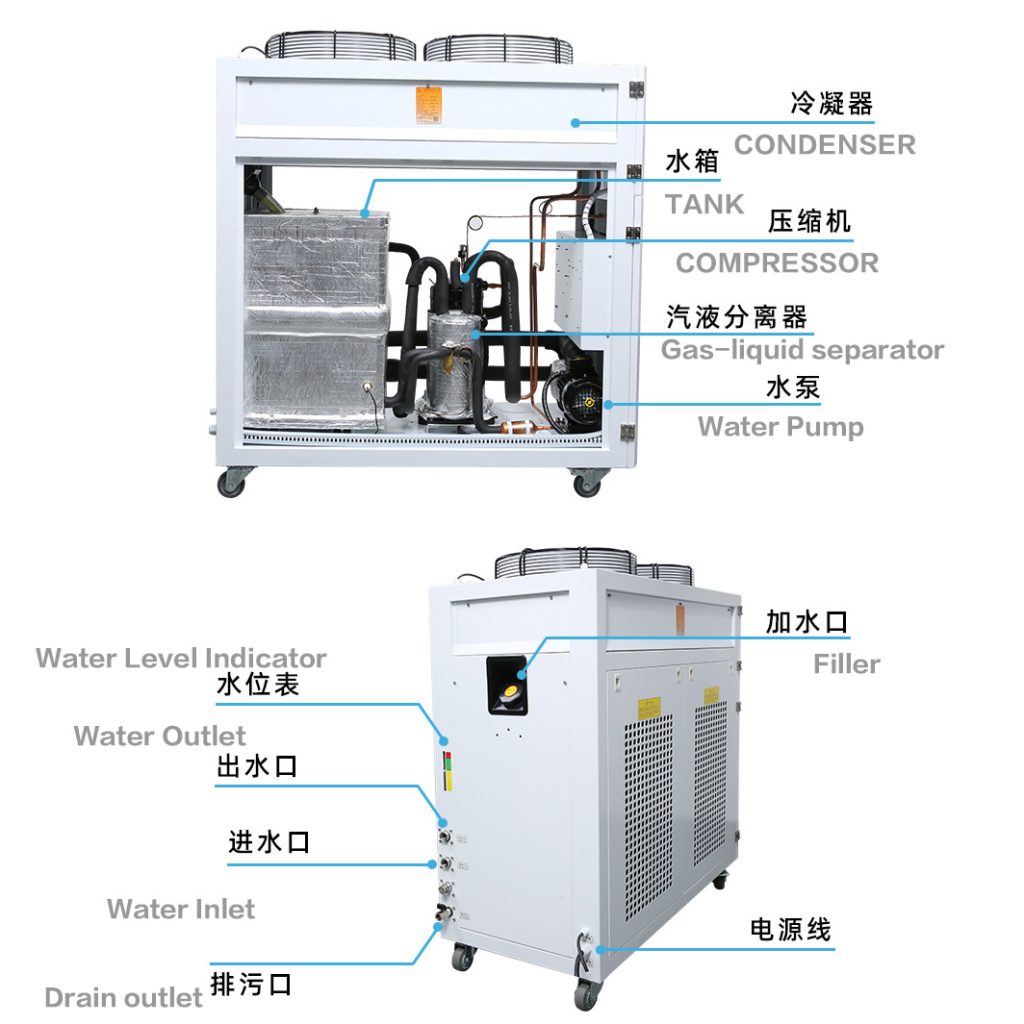 Safety Considerations
Safety Considerations